China Archaeologists have discovered a large cemetery containing 174 tombs from the Warring States period along with many ceramic and bronze burial objects in Hubei province.
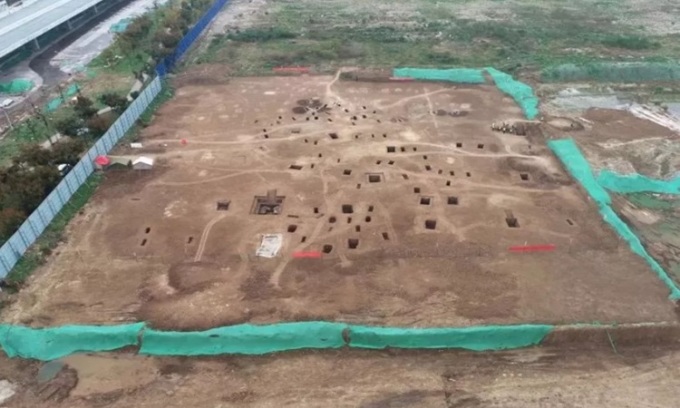
Baizhuang Cemetery seen from above. Photo: China Institute of Archaeology
The Baizhuang Cemetery is located in Xiangyang City in Hubei Province, according to the Institute of Archaeology of the Chinese Academy of Social Sciences . The cemetery was discovered by the Xiangyang Institute of Archaeology and Cultural Relics last summer during excavations as part of an infrastructure project, Newsweek reported on March 20.
After a thorough cleanup, the archaeological team identified a total of 176 tombs in the area. Except for two tombs from the Han Dynasty in China (206 BC - 220 AD), the remaining tombs were all deep tombs from the Warring States Period. This period lasted from the 5th century to 221 BC, marked by continuous wars between many feudal states in China for power. This was one of the most influential periods in Chinese history, ending with the event of Qin Shi Huang unifying the 6 states.
Until the last few decades, researchers knew very little about the lives and technological levels of the people of the Warring States period. But in the past 50 years, archaeological sites from the period, such as tombs, workshops, and small villages, have shed light on the realities of Warring States life. Among the newly discovered Warring States tombs are nine medium-sized examples with sloping corridors. The largest is more than 9 meters long and nearly 5 meters wide. The remaining tombs in the cemetery are generally smaller and lack corridors.
During the excavation, the archaeology team also found more than 500 artifacts, including hundreds of ceramics, dozens of bronze objects, mainly weapons such as swords and spears, and some wooden objects such as combs and jade rings. One of the large tombs, coded M3, contained sacrificial vessels, swords and bronze ladles.
In particular, northwest of the M3, the researchers found a chariot and two horses. The chariot was facing north while the horses were on either side. Based on the scale of the M3, combined with the artifacts and the chariot pit nearby, the team speculated that the tomb likely belonged to a high-status noble.
An Khang (According to Newsweek )
Source link



![[Photo] Keep your warehouse safe in all situations](https://vphoto.vietnam.vn/thumb/1200x675/vietnam/resource/IMAGE/2025/10/1/3eb4eceafe68497989865e7faa4e4d0e)


![[Photo] President of the Cuban National Assembly visits President Ho Chi Minh's Mausoleum](https://vphoto.vietnam.vn/thumb/1200x675/vietnam/resource/IMAGE/2025/10/1/39f1142310fc4dae9e3de4fcc9ac2ed0)
![[Photo] Hanoi morning of October 1: Prolonged flooding, people wade to work](https://vphoto.vietnam.vn/thumb/1200x675/vietnam/resource/IMAGE/2025/10/1/189be28938e3493fa26b2938efa2059e)


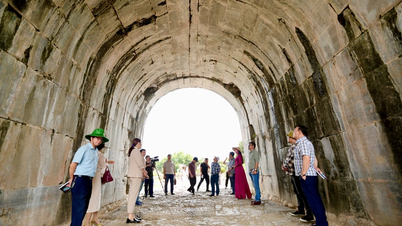

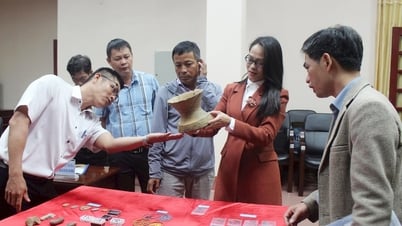

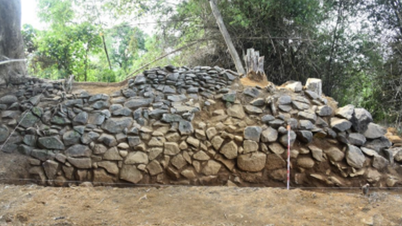



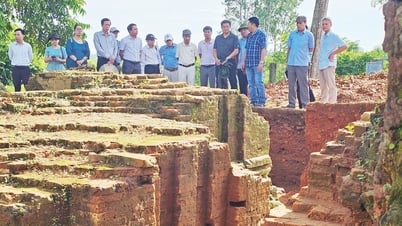





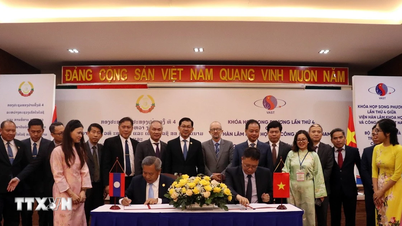

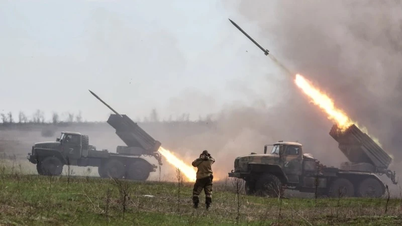

![[INFOGRAPHIC] DJI Osmo Nano Action camera, super compact, 4K 120fps recording](https://vphoto.vietnam.vn/thumb/402x226/vietnam/resource/IMAGE/2025/10/1/8408489112ee446dab897373255c827e)
















































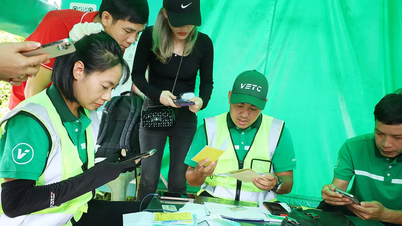



















Comment (0)